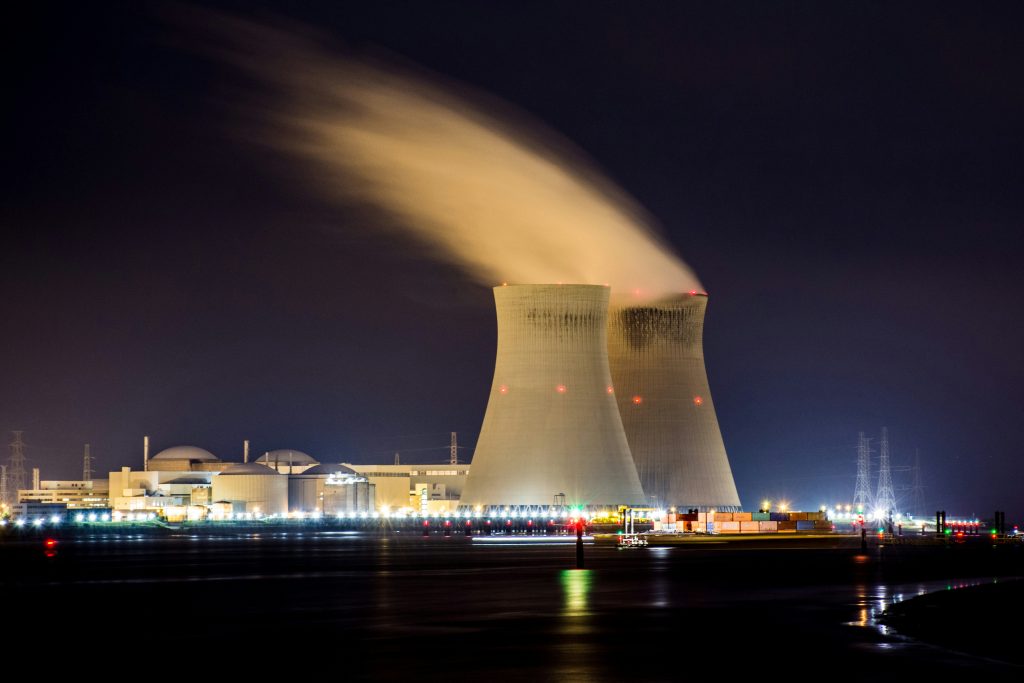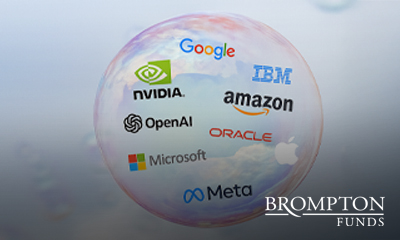August 14, 2024 |
| Artificial Intelligence (AI) has been dominating the investing landscape since the advent of ChatGPT at the end of 2022. While the lion’s share of the focus has been on the technology firms that create semiconductors for AI or software that can benefit from AI, there are many other kinds of companies that benefit from this tailwind.
AI is an extremely power intensive operation. One ChatGPT query takes almost 10x the amount of energy of a typical google search and almost as much as keeping a 5 watt LED bulb on for an hour1, while loading an AI image can take as much power as charging a smartphone1. Availability of power is currently one of the key bottlenecks in data center growth. Estimates suggest that data centers could reach 7.5% of total US power consumption by 2030 vs 2.5% in 20222. This extra usage comes from training Generative AI models, as well as servicing more queries from these Generative AI models. Generative AI involves artificial intelligence that produces new content, such as text or images, by analyzing and learning from existing data. This higher level of energy demand stands to benefit power producers, utilities, natural gas producers, and industrial companies. |
1. AI Investment Fuels Demand for Renewable Energy & Nuclear PowerTechnology firms are keen for their data centers to be powered by green sources. To secure this power, technology companies are signing power purchase agreements (PPAs) with owners of renewable assets at prices far higher than prevailing market prices. For example, Microsoft and Brookfield signed a Power Purchase Agreement for 10.5GW of wind & solar power through 2030 for $10bn3, while Amazon paid Talen Energy $650m to build a data center on its campus to be powered by up to 960MW of electricity produced by its nuclear energy plants4. |

2. Natural Gas Supplements Renewable Energy to Power AIData Centers require reliable 24 hour/7 days a week power and solar & wind will not be able to provide that since they are dependent upon weather conditions. Therefore, they will have to rely on natural gas as a baseload source of power. Goldman Sachs estimates that 60% of the increased data center power demand growth will be supplied by Natural Gas, while the remaining 40% will come through renewables5. This will be a huge tailwind to Natural Gas producers and transporters. Gas demand could increase by 10 billion cubic feet per day (bcf/d) by 2030, according to Wells Fargo. This would represent a 28% increase over the 35 bcf/d that is currently consumed for electricity generation in the U.S, and a 10% increase over the nation’s total gas consumption of 100 bcf/d5. 3. AI-Driven Power Surge Boosting Utilities, Infrastructure InvestmentAvailability of power is not the only concern. Even if we can generate all the power needed to support these data centers, the aging electrical grid is unable to handle the load. This is a bigger problem now as after a decade of nearly flat growth in power demand in the US, it is now expected to grow ~20% by 2030 due to AI, electrification, industrial reshoring and growth in the number of electric vehicles (EVs)5. This is a benefit to utilities as they earn an allowed return on their asset base and this increased investment will allow them to grow their asset base, and thus earnings, at a faster pace than they have historically. |

4. AI Drives Increasing Data Centre Expansion and RentsChips running AI programs need to be housed in physical warehouses called data centers. Depending on the end use function for the AI, often the data center needs to be as close to the end user as possible to reduce latency, thereby creating additional demand for certain spaces. Additionally, these data centers need to provide power, cooling and high-speed internet and the amount of time taken to build one has increased due to supply chain issues for these components. As a result, CBRE estimates that data center rental rates have been rising at a double-digit pace since 2021 and will continue to do so in the near future6. 5. Cooling Infrastructure is Critical for AI-Driven Data Centre ExpansionOne of the reasons we need so much power for these data centers is because servers generate a lot of hot air which needs to be cooled. The next gen AI chips require advanced cooling technology that traditional HVAC (air cooling) cannot handle. Liquid cooling is a far more efficient way to cool datacenters in excess of 30kW7. Currently the liquid cooling market is small but is seeing 25%+ compound annual growth rate, which is higher than the data center infrastructure market itself7. Several legacy industrial companies as well as smaller specialized ones are increasing production to meet this challenge.
Brompton Sustainable Real Assets Dividend ETF (BREA) and Sustainable Power & Infrastructure Split Corp. (PWI) invest in themes that benefit from the rapid growth in generative AI. Brompton’s ApproachBrompton Global Infrastructure ETF (BGIE) provides diversified exposure to global real asset companies including Infrastructure, Utilities, Energy, Materials and Real Estate sectors. Many investment fund strategies currently on the market focus only on one main sector, such as Infrastructure, REITs (real estate), or Energy. Brompton believes that having a broader investment universe with diversified exposure to multiple real asset sectors enhances the opportunity for capital appreciation . Sustainable Power & Infrastructure Split Corp. (PWI) offers leveraged exposure through Class A shares, to a globally diversified portfolio of sustainable power and infrastructure companies for investors seeking enhanced capital appreciation potential and regular monthly cash distributions. The portfolio may include companies operating in the areas of renewable power (wind, solar, hydroelectric), green transportation (electric vehicles, energy transportation and storage, railroads, carbon capture), energy efficiency (smart grids, smart meters, building efficiency), and communications (communication networks, 5G wireless technology), among others. |

Utsav Srivastava
Investment Analyst
Utsav Srivastava specializes in equity selection with a focus on the global industrial, utilities, and real estate sectors. Mr. Srivastava graduated with a Master Business Administration from the Rotman School of Management at the University of Toronto and has passed CFA Level 3. He received his Bachelor of Arts degree in Economics from the University of British Columbia.








